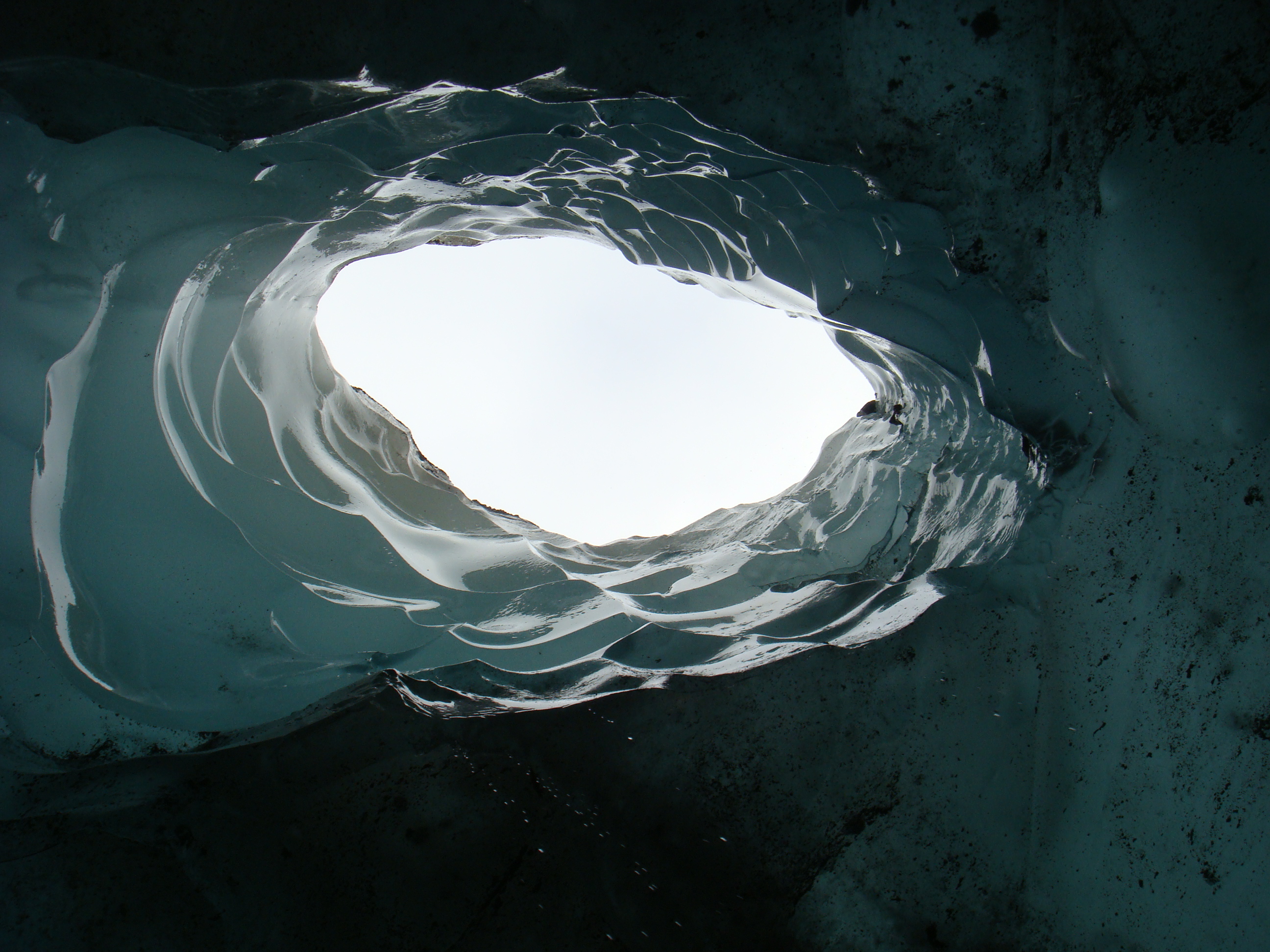Each summer, the University of Rhode Island Graduate School of Oceanography (GSO) hosts undergraduate students from all over the country to participate in oceanographic research. These Summer Undergraduate Research Fellows (SURFOs) have not only been working with GSO scientists, but they also have spent part of their time learning how to communicate this science to the public. Although their research experience was virtual this summer, they still did a fantastic job. Read on to find out what they have been up to, and why they everyone should be as excited as they are about their work.
Samuel Bultman is a senior at the University of North Carolina at Charlotte, majoring in mechanical engineering and minoring in mathematics. This summer, he worked with Dr. Chris Roman (advisor) and David Casagrande (mentor) on designing a custom-built strobe to take better pictures underwater. Read on below to learn about his work!
Taking the Perfect Picture
Everyone loves a good picture—a meadow of wildflowers, a rustic mountain landscape, a white sandy beach on a sunny day. To get these great photos, the photographer must have a keen eye for detail. The lighting, the subject, and everything else in between must perfectly harmonize until the perfect snapshot of your surroundings comes into view. It’s truly up to the photographer to make or break the image.
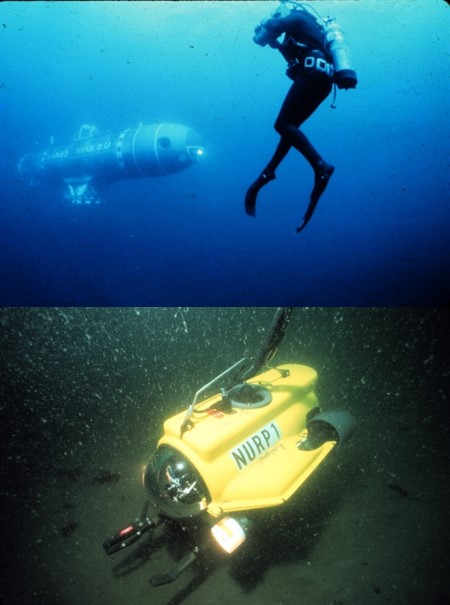
Now imagine that we take the photographer out of the picture completely (pun intended). We put the camera on a timer instead. How will we know if we are taking a good picture? And now, let’s change it up even more. Let’s throw the camera underwater. Deep down, hundreds of feet below the surface. How in the world will we ever get a good picture now?
Questions like these plague ocean scientists and researchers all the time. They want better pictures underwater—for examining coral, or observing the behavior of animals, or even for investigating underwater volcanic eruptions (among many other reasons)—but then they ask: how can we take great pictures underwater? There are several different methods, such as Remotely Operated Vehicles, Autonomous Underwater Vehicles, manned submarines, even SCUBA divers. But these methods tend to be expensive and hard to operate; not the ideal tools for scientists that want to take pictures of the seafloor and other underwater habitats. How about a more cost-effective device? One that’s easier to use? And it turns out, there is something just like that—a Lagrangian float.
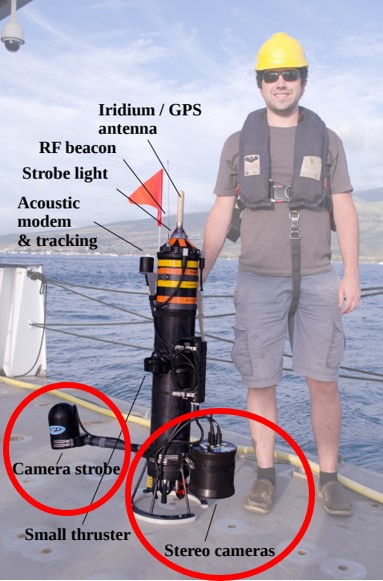
A Lagrangian float is a device that floats and drifts above the seafloor, maintaining a constant distance above the bottom of the ocean, remotely adjusting itself so that its height over the bottom doesn’t waver. In the meantime, the float takes different data—notably pictures. Compared to the other methods of remotely imaging underwater, Lagrangian floats cost less and are easier for scientists to use. These attributes make them great candidates for scientists and researchers to take pictures underwater.
The Problems with Underwater Photography
And so now there is a potential solution to the problem of taking pictures underwater. But wait—there is another problem: taking pictures underwater isn’t so easy. When light shines through water, the light bends much differently than it does in air. This bending, which is called refraction, causes an overall distortion of the picture. If you look at the pictures taken from a past float (below), you can notice these discrepancies. So how does one fix this? One answer is using an underwater strobe—a device that produces a flash of light that uniformly illuminates whatever the researcher is trying to take a picture of. Using a strobe eliminates distortion of the picture.
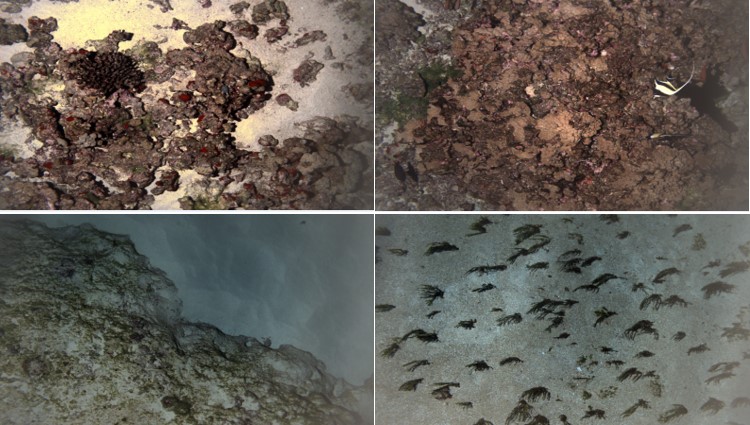
Designing an Underwater Strobe
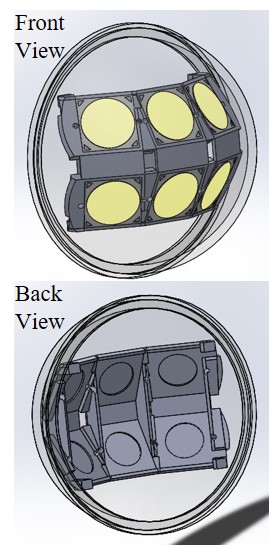
By adding an underwater strobe to the camera already on a Lagrangian float, scientists can take much better pictures underwater. However, it is not as simple as throwing a few Light Emitting Diodes (LEDs) into an underwater container and slapping that onto the side of the float. The placement of the LEDs must be perfect, considering the inevitable distortion the light will face when the rays are beamed through the water. The LEDs must shine uniformly across your whole picture. After all, no one wants some bits of the picture brighter and some bits darker. Add that to the fact that the strobe must be the perfect weight and volume, so that it doesn’t float, sink, or tip the Lagrangian float. To get the perfect picture, you need a perfectly built strobe.
I spent this summer designing such an underwater strobe…and I did it completely online. I was disappointed that I wouldn’t be able to spend the summer in Rhode Island, but the virtual research ended up being a great experience. I worked alongside those in Dr. Chris Roman’s lab to design the strobe. First, I used different engineering software that models light rays—like LightTools and MATLAB—until I came up with a theoretical design for placing LEDs within the strobe. After that, I combined the theoretical design with an actual mechanical design. I designed a 3D printed holder in SolidWorks that will house the LEDs in place behind a protective underwater dome. You can see a picture of the holder with the LEDs on the right and the first iteration of the 3D printed holder below. The next steps are to wire the LEDs together, mount the strobe on the Lagrangian float, and start taking the perfect pictures underwater!

I am a PhD candidate at Northeastern University in Boston. I study regeneration of the nervous system in water salamanders called axolotls. In my free time, I like to read science fiction, bake, go on walks around Boston, and dig up cool science articles.

